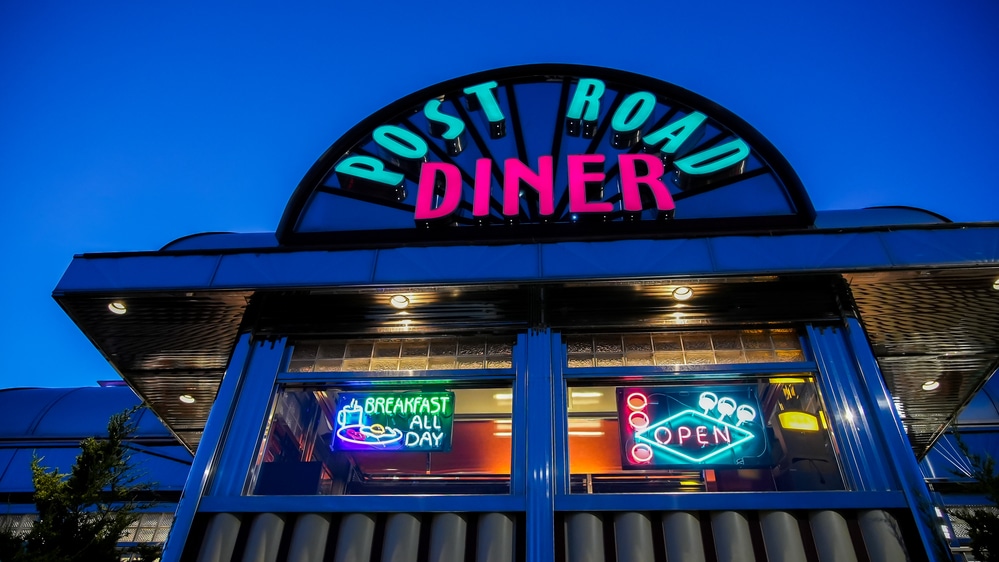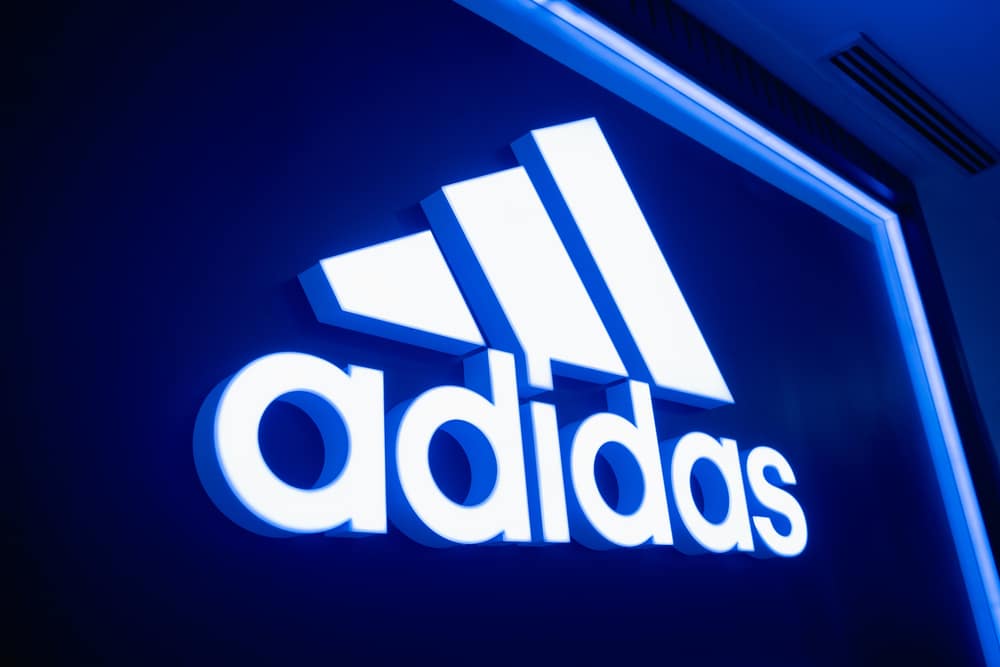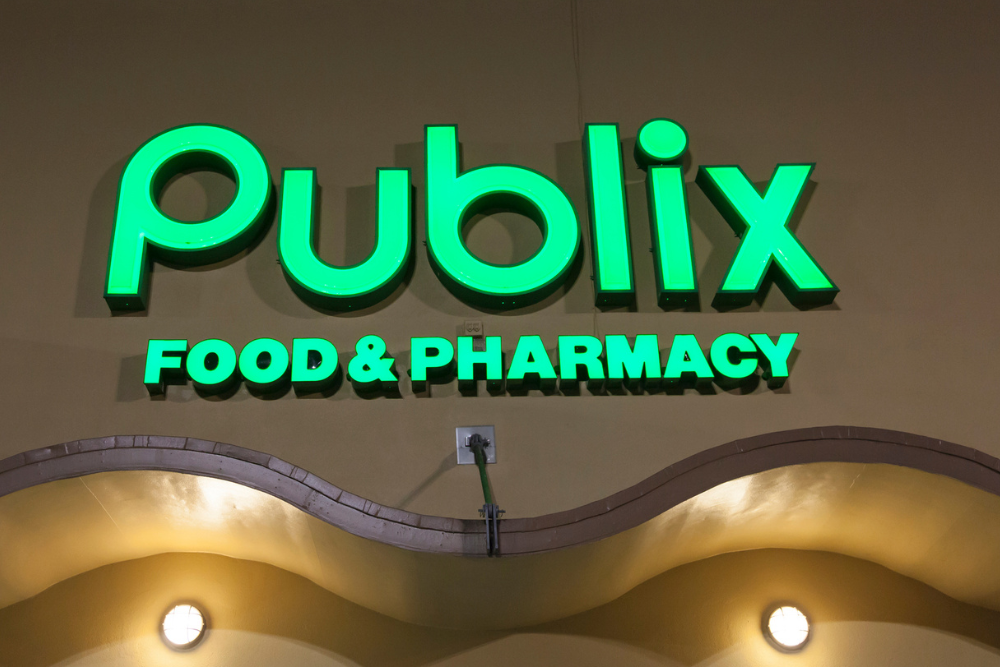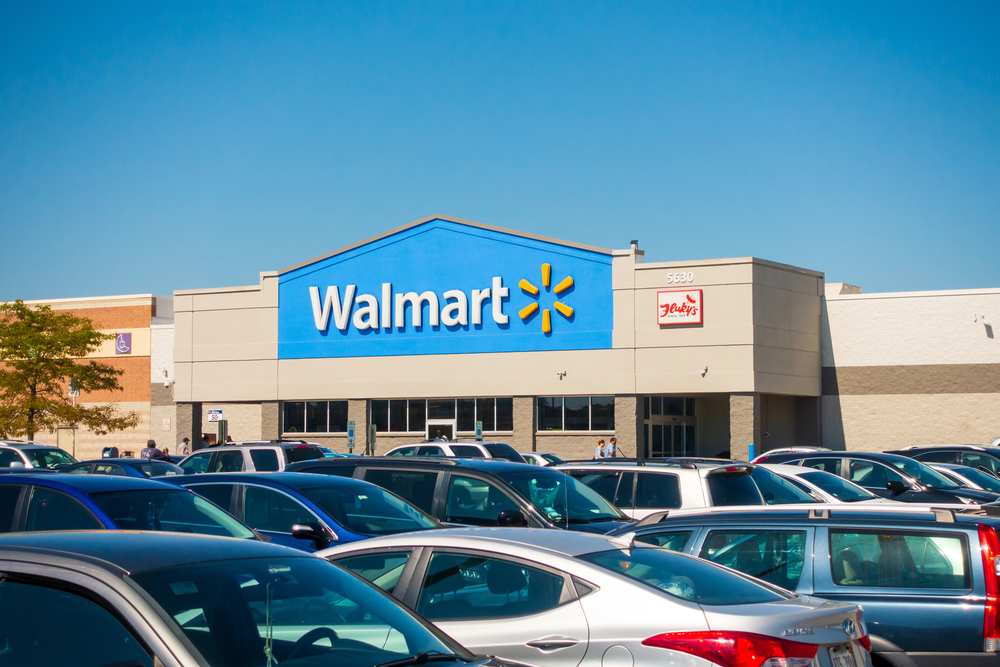Did you know that studies show effective signage can increase brand recall by a staggering 80%? In today’s competitive marketplace, a well-designed sign is more than just decoration; it’s a silent salesperson working tirelessly to attract customers and boost your business. But navigating the process of creating a sign, from brainstorming initial concepts to admiring the finished product on your storefront, can feel overwhelming. Fear not! This comprehensive guide is here to empower you with the knowledge and confidence to transform your signage vision into a brilliant reality.
Planning Your Perfect Sign: A Roadmap to Success
Before diving headfirst into design, taking a step back and clearly defining your goals is crucial. What do you want your sign to achieve? Is it to increase brand awareness, attract new customers, or provide clear directional guidance? Understanding your goals ensures your sign design aligns perfectly with your overall marketing strategy.
Next, consider your target audience. Who are you trying to reach? Understanding their demographics, preferences, and the types of messaging that will resonate with them will significantly influence your design choices.
Finally, don’t let local regulations stall your signage dreams! Researching any permitting requirements in your area can save you time and frustration down the line. Most city planning departments offer resources and guidance online, or you can reach out directly to inquire about any necessary permits. By laying this groundwork, you’ll be well on your way to crafting a sign that not only looks fantastic but also complies with local regulations.

Don’t Be Left in the Dark: A Comparison of Illuminated vs. Non-Illuminated Signage
Here’s a table to help you decide between illuminated and non-illuminated signage:
| Feature | Illuminated Signs | Non-Illuminated Signs |
| Visibility | Visible 24/7, stands out in low-light conditions | Limited visibility at night or in low-light areas |
| Impact | Creates a more dynamic and eye-catching display | Relies on natural light or ambient lighting |
| Versatility | Suitable for various locations and applications | May not be ideal for all locations (e.g., strict lighting regulations) |
| Maintenance | Requires occasional bulb or LED replacement | Generally lower maintenance needs |
| Cost | Typically higher initial investment | Lower initial cost |
View this post on Instagram
Planning Your Perfect Sign: A Roadmap to Success (Actionable Steps)
Before diving into the design process, it’s crucial to have a clear roadmap for your signage project. Here are some key steps to ensure your finished sign is not just visually appealing, but also strategically effective:
-
Define Your Goals:
The first step is to identify your signage goals. What do you hope to achieve with your sign? Here are some common goals to consider:
- Brand Awareness: Increase brand recognition and visibility for your business.
- Customer Acquisition: Attract new customers and drive foot traffic to your location.
- Directional Guidance: Help customers easily find your business or navigate your space.
- Informational Display: Convey important information like business hours, offerings, or promotions.
Once you have a clear understanding of your goals, you can tailor the design of your sign to achieve maximum impact.
-
Target Audience Consideration:
Your sign should speak directly to your ideal customer. Understanding their demographics (age, income level), preferences (colors, styles), and the types of messaging that resonate with them is crucial.
- Consider a playful and vibrant design for a family-oriented restaurant.
- Opt for a sleek and modern aesthetic for a tech startup.
- Use clear and concise language for an older demographic.
By tailoring your design to your target audience, you’ll create a sign that effectively grabs their attention and communicates your message.
-
Navigating Regulations:
The last thing you want is to invest in a sign that violates local regulations. Taking a few minutes to research any permitting requirements in your area can save you time and money down the line. Most city planning departments offer resources and guidance online. You can also reach out directly to inquire about any necessary permits or signage restrictions related to size, placement, or lighting.
By following these steps, you’ll lay the groundwork for a successful signage project. Now, let’s unlock your creativity and explore the exciting world of design elements that will make your sign truly captivating!

Finding the Right Partner: Selecting a Signage Company (Expertise Matters)
Now that you have a clear vision for your perfect sign, it’s time to find the ideal partner to bring it to life. Choosing the right signage company is crucial for a smooth and successful project. Here’s what to look for:
Experience and Reputation:
Don’t settle for anything less than experienced professionals. Look for a company with a proven track record of creating high-quality signage. Research online reviews, check their portfolio, and ask for references. An experienced company will have the expertise to guide you through the entire process, from design to installation, and ensure your sign meets all safety and regulatory requirements.
Services Offered:
A comprehensive signage company will offer a full range of services, streamlining the process for you. This might include:
- Design and consultation: Collaborating with you to translate your vision into a compelling design concept.
- Material selection: Advising you on the best materials for your needs and budget (e.g., aluminum, acrylic, LED displays).
- Fabrication: Utilizing state-of-the-art equipment to bring your sign design to life.
- Permitting assistance: Navigate any local permitting processes to ensure your sign is compliant.
- Professional installation: Ensuring your sign is securely and code-compliantly installed for a flawless final product.
Portfolio Power:
A company’s portfolio is a window into its capabilities. Take a close look at their past projects to see if their design aesthetic aligns with your vision. Do they have experience creating signs similar to what you envision? Look for examples showcasing their work in various industries and styles.
By prioritizing experience, a comprehensive range of services, and a portfolio that resonates with your taste, you’ll be well on your way to finding the perfect signage partner.
From Blueprint to Reality: The Signage Production Process
The excitement builds as your sign moves from concept to completion! Here’s a glimpse into the production process to give you an idea of what to expect:
Collaboration is Key:
The design process is a collaborative effort. A reputable signage company will work closely with you to understand your vision, goals, and target audience. They’ll present initial design concepts, incorporate your feedback, and refine the design until you’re completely satisfied.
Manufacturing Magic:
Once the design is finalized, the manufacturing process begins. Signage companies utilize various techniques to bring your sign to life, depending on the design and materials chosen. Here are a few examples:
- Digital printing: High-quality graphics and text are printed directly onto the sign material.
- Channel letter bending: Individual metal letterforms are fabricated and illuminated for a dimensional and eye-catching display.
- Engraving: Text or logos are etched into the sign material for a classic and professional look.
Installation Expertise:
Professional installation is the final piece of the puzzle. A skilled installation team will ensure your sign is securely mounted, meets all local codes, and looks its absolute best. They’ll handle any electrical wiring or connections required for illuminated signs.
By partnering with a company that prioritizes collaboration, utilizes high-quality manufacturing techniques, and boasts professional installation expertise, you can be confident your finished sign will not only meet your expectations but also exceed them.
 Maintaining Your Masterpiece: Signage Care Tips for Lasting Impact
Maintaining Your Masterpiece: Signage Care Tips for Lasting Impact
Congratulations! Your stunning new sign is proudly displayed, attracting attention and driving business. But just like any investment, proper care and maintenance are essential to ensure your sign continues to make a positive impact for years to come.
Protecting Your Investment:
- Regular Cleaning: Develop a cleaning routine based on your sign’s material and location. For most signs, a gentle washing with mild soap and water will suffice. Avoid harsh chemicals or abrasive cleaners that can damage the surface.
- Seasonal Maintenance: For exterior signs, be mindful of seasonal changes. Remove snow and ice buildup during winter to prevent warping or structural damage. Regularly check for loose bolts or fasteners, especially after strong winds or storms.
- Minor Repairs: Address minor issues like chipped paint or flickering lights promptly to prevent them from becoming bigger problems down the line. Most signage companies offer repair services to keep your sign looking its best.
Compliance Considerations:
Local regulations may dictate specific maintenance requirements for signage. For example, some areas may have guidelines regarding illuminated sign brightness during certain hours. Checking with your local planning department can ensure your sign remains compliant and avoids any potential fines.
Conclusion: The Final Touch
A well-designed and well-maintained sign is a powerful marketing tool that can significantly impact your business’s success. From attracting new customers to boosting brand awareness, effective signage speaks volumes (literally!).
Ready to unlock the potential of signage for your business? Contact Tupp Signs today for a free consultation! Our team of experienced signage professionals will collaborate with you to design, create, and install a sign that perfectly reflects your brand and achieves your marketing goals. Let’s turn your vision into a brilliant reality.


